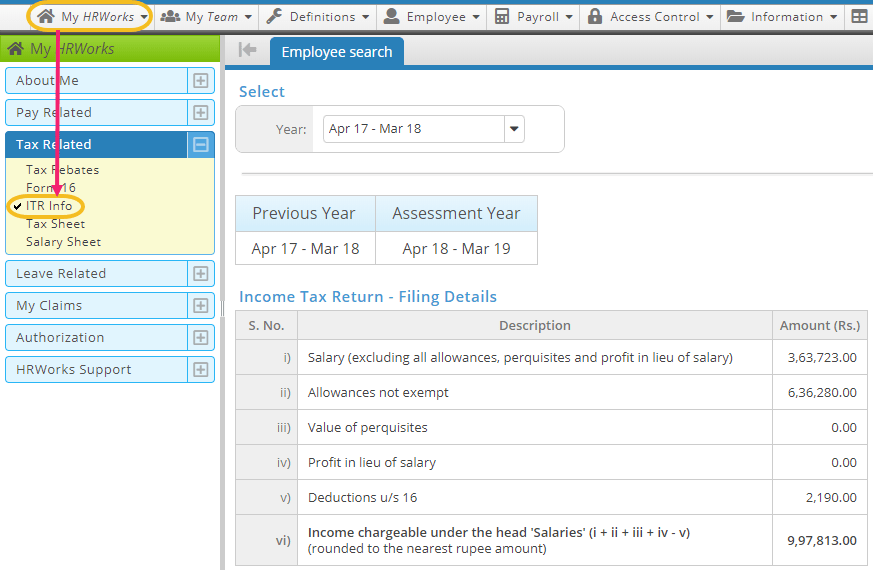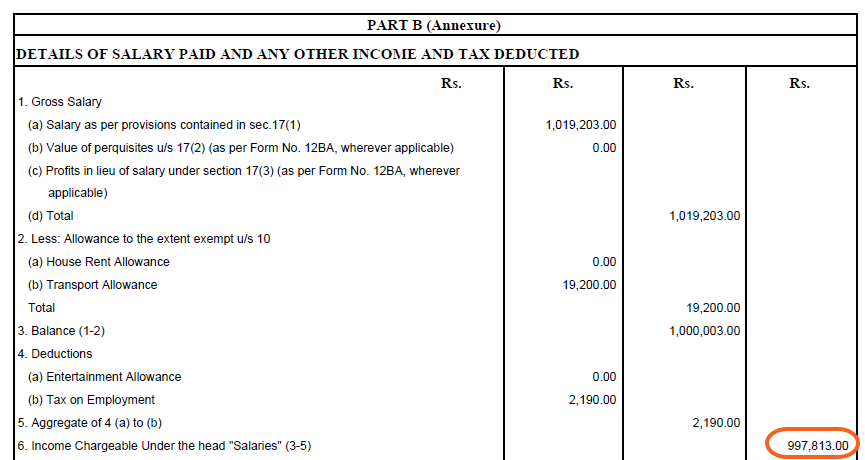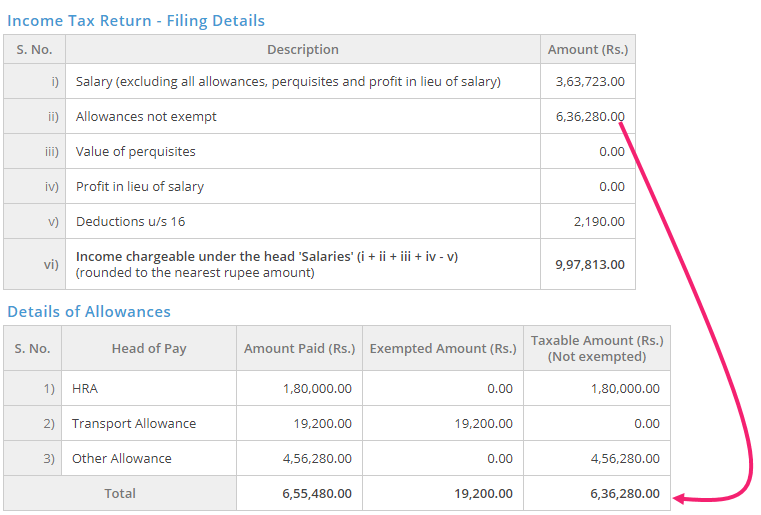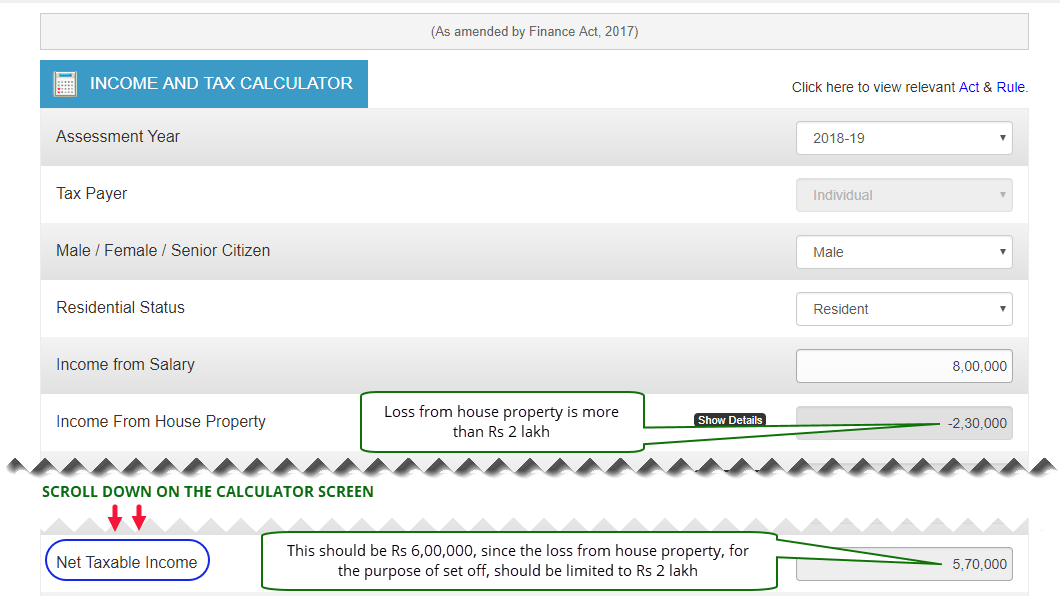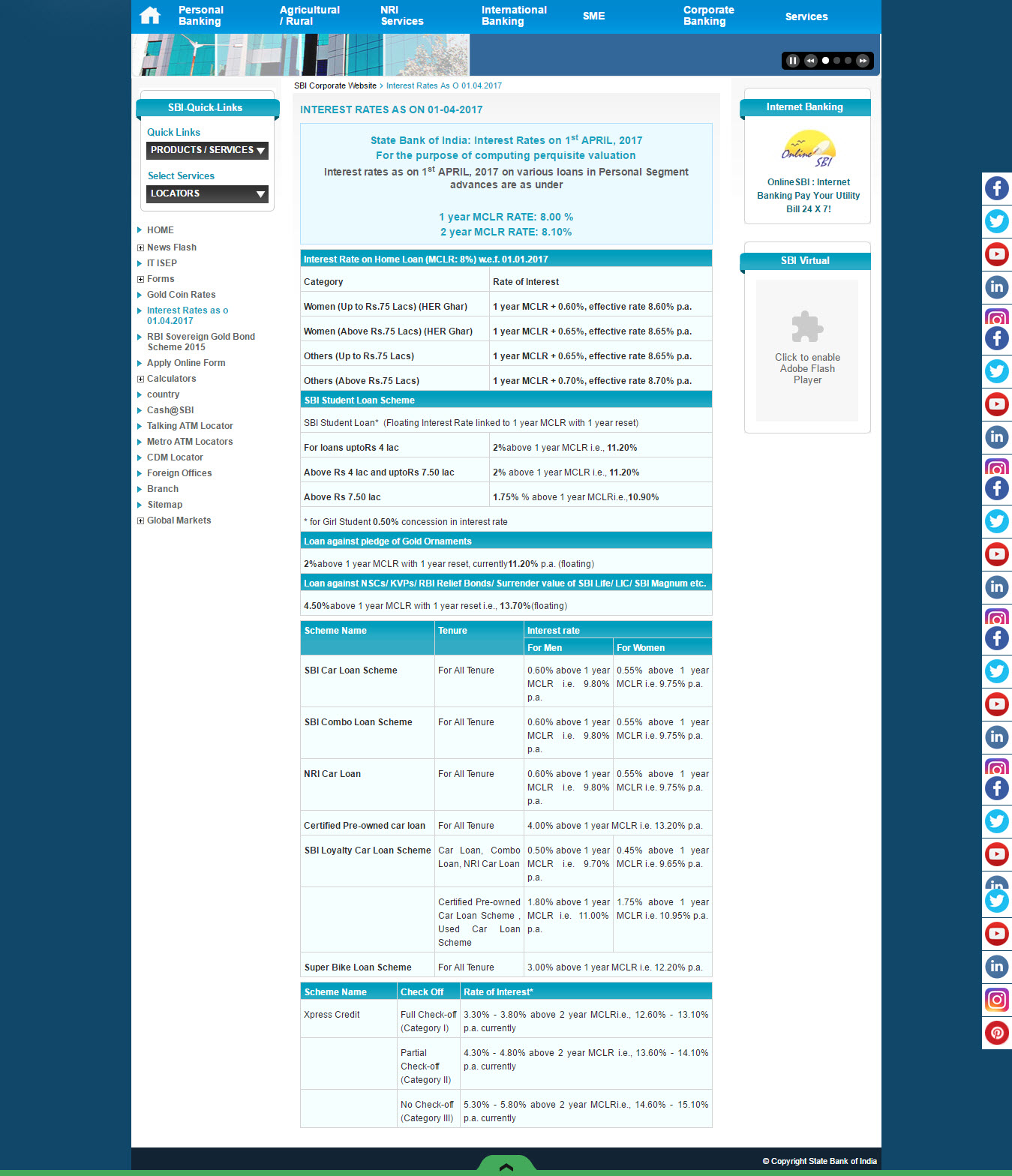April is a relaxed month for payroll folks like us. A much needed quiet period after the hustle and bustle of the last quarter (Jan to Mar) when we put in significant efforts for year-end activities such as investment proof scrutiny and income tax finalization. Pouring over rent receipts, home-loan interest certificates, leave travel bills submitted by thousands of employees (in our case) is no fun or walk in the park, I can assure you. The fact that we have another 8 months or so, for the year-end activities to start for the current year, is quite comforting. We are of the view that employers should not be conducting investment proof scrutiny since the process is misplaced, expensive and inefficient. Before we get into ranting about this, let us talk about a recent judgement delivered by an Income Tax Appellate Tribunal (ITAT) on a house rent allowance exemption claim made by an employee.
A recent tribunal judgement
An employee claimed that she paid house rent to her mother and sought house rent allowance tax exemption under Section 10(13A) of the Income Tax Act. The employee also claimed that the monthly rent amounts were paid by way of cash and produced house rent receipts to substantiate the same.
The Assessing Officer (AO) contended that the house rent receipts were created just to give credence to what was a sham transaction. The AO based his opinion on a variety of factors including the findings of an investigation which was launched to check if the employee genuinely lived in her mother’s property. The AO disallowed the HRA exemption claimed by the employee.
The ITAT, after going through the facts, agreed with the AO, and rejected the employee’s appeal for the following reasons.
1. No proof of tenancy.
The assessee could not produce any evidence arising in the normal course of happening of transaction of hiring of premises such as leave and license agreement, letter to society intimating about her tenancy, payment through bank, cash payments backed with known sources, electricity bill payments through cheque, water bill payments through cheque, some correspondence coming during that period of alleged tenancy to prove that transaction of hiring of premises was genuine and was happening during the said period.
Further,
Even on touchstone of preponderance of human probabilities, it is quite improbable that the assessee was living with her mother at ‘Neha Apartments’ and paying her substantial rent of Rs. 31,500/- per month for a small flat of 1 BHK of 400 square feet while her own house was at just five minute walking distance at ‘Tropicana’ . It is also improbable that the assessee being a married lady will leave her husband and daughter and start living with mother at another residential flat which is just five minute walking distance and pay huge rent per month.
2. Proof that the employee was living elsewhere.
The assessee was in-fact staying in her own flat at ‘Tropicana’ with her husband which is emanating from various evidences which are on record such as ration card, bank statements, return of income filed with Revenue etc which is also in consonance with normal human conduct of Indian married women living with her husband and daughter in a residential flat owned by the assessee jointly with husband.
3. No proof that there was any actual payment of rent.
The rent is paid in cash against which there are no withdrawal of cash from bank shown by the assessee. The assessee herself admitted that there are minimal withdrawal from her bank account as household expenses are incurred by her husband. The assessee could not explain and reconcile said cash payments of rent with known sources of cash as the cash was not withdrawn from bank. This rent receipt prepared by her mother does not inspire confidence.
4. The landlord did not file any return declaring income from house property.
The mother of the assessee has also not filed return of income since last six assessment years and said rental income was not brought to tax in the hands of mother of the assessee.
The judgement
Looking into all these factual matrix of the case before us, we are of considered view that the whole arrangement of rent payment by the assessee to her mother is a sham transaction which was undertaken by the assessee with the sole intention to claim exemption of HRA u/s 10(13A) of 1961 Act in order to reduce tax liability and hence in our considered view, exemption u/s 10(13A) of the Act cannot be allowed to the assessee as the payments towards rent are not genuine payment. The evidences on record are speaking loudly which is just opposite to what the assessee is contending.
The above is a case in which the Income Tax Department lifted the veil and concluded that there was no genuine underlying transaction to support the employee’s claim to avail house rent allowance tax exemption.
Employer’s responsibility
Section 192 of the Income Tax Act requires employers to scrutinize proof submitted by employees, prior to calculating tax benefits as part of salary TDS calculation. This means that an employer should seek proof such as rent receipts, medical bills, housing-loan interest certificate, leave travel receipts etc. and examine the same as part of their TDS responsibilities.
The Income Tax Department, in its salary TDS circular, states:
The Drawing and Disbursing Officers should satisfy themselves about the actual deposits/ subscriptions / payments made by the employees, by calling for such particulars/ information as they deem necessary before allowing the aforesaid deductions. In case the DDO is not satisfied about the genuineness of the employee’s claim regarding any deposit/ subscription/payment made by the employee, he should not allow the same, and the employee would be free to claim the deduction/ rebate on such amount by filing his return of income and furnishing the necessary proof etc., therewith, to the satisfaction of the Assessing Officer.
The question is to what extent should an employer go in order to verify the genuineness of an employee’s claim. In the case law referred to in the previous section, the Income Tax Department expended significant resources in order to evaluate the employee’s tax exemption claim. No employer can conduct such an in-depth investigation on the proof submitted by employees who wish to seek tax exemption. If any of the proof documents which look genuine is proven to be a fake after a detailed investigation, to what extent can an employer be held responsible?
A farce called investment proof scrutiny
Most employers are ambivalent about their responsibility towards investment proof scrutiny. On paper, all employers wish to comply with income tax rules on this. However, from a practical standpoint, very few employers do the exercise with the required seriousness given the enormity of the tasks involved. Often, the whole exercise degenerates into a farce for more reasons than one. Many employees submit proof documents which are not genuine and employers look the other way and simply accept the proof as given, going against the spirit of Section 192. Here are some of the most common transgressions.
a. Medical bills
Want to get tax benefit of Rs 15,000 per year (available for medical expense incurred) but do not have any medical bills? No worries! There are suppliers of medical bills for a small fee. Else, create multiple copies of a bill and distribute them among employees. Just hope that the employer does not detect duplicate bills.
b. Fake rent receipts
In the past few years, there has been a sudden increase in the number of employees declaring a house rent which is slightly less than Rs 1 lakh per year. As you would be aware, there is no need to submit landlord PAN if the annual rent amount is less than Rs 1 lakh. Just create a rent receipt with what looks like a landlord signature and submit it to the employer. No questions asked.
c. Forged signatures
So what if the rent payment is more than Rs 1 lakh in the year? If you are unable to receive the PAN from the landlord, just create a “No PAN” declaration and forge the landlord’s signature.
d. Hitting the universe’s speed limit
One of the most prolific and hilarious scams in investment proof submission is with regard to tax exemption claim on leave travel expenses. Many employees submit taxi receipts (creating train and air ticket copies is not easy, you see) from non-existent taxi companies as proof of travel expenses. But how does one provide travel details for LTA amounts which are as high as Rs 50,000 or Rs 1 lakh? We find employees having travelled thousands of kilometres by taxi and that too within a couple of days. Travel details which read like the following.
Travel from Chennai to Goa, Delhi, Srinagar and Leh and back to Chennai by taxi with 5 family members from 15-Apr-2016 to 18-Apr-2016.
Albert Einstein referred to the speed of light as the universe’s speed limit. Some LTA claims clearly denote that the employees must have travelled at the speed of light in their taxi in order to cover all the places they claim to have visited as part of their leave travel.
Breaking the tax rules is nothing to be proud of. But try telling that to an employee who submits a fake receipt, you will get a lecture on how everyone is corrupt and why, in today’s age, there is nothing wrong in submitting a fake receipt for a little tax benefit.
Alas, few want to be the change they wish to see.
Many employers find it expensive and impracticable to adhere to the spirit of Section 192 while verifying the claims of employees. The Income Tax Department should consider removing the responsibility of investment proof scrutiny from employers.
A suggestion to employers
One may be of the view that asking employers to conduct investment proof scrutiny is ill-conceived and inefficient. Everyone has the right to critique tax rules and provide suggestions for improvement. However, it is incumbent upon all to follow the income tax rules as they exist without fail and with all sincerity. Employers should educate employees about the importance of following income tax rules in letter and spirit. Further, companies should initiate disciplinary proceedings against employees who wantonly submit fake receipts, in addition to rejecting tax benefit claims by such employees.
Who knows, it could well be your organization’s turn to hear from the Income Tax department in the near future on how well you are discharging your responsibilities as a Tax deductor.
Read more


